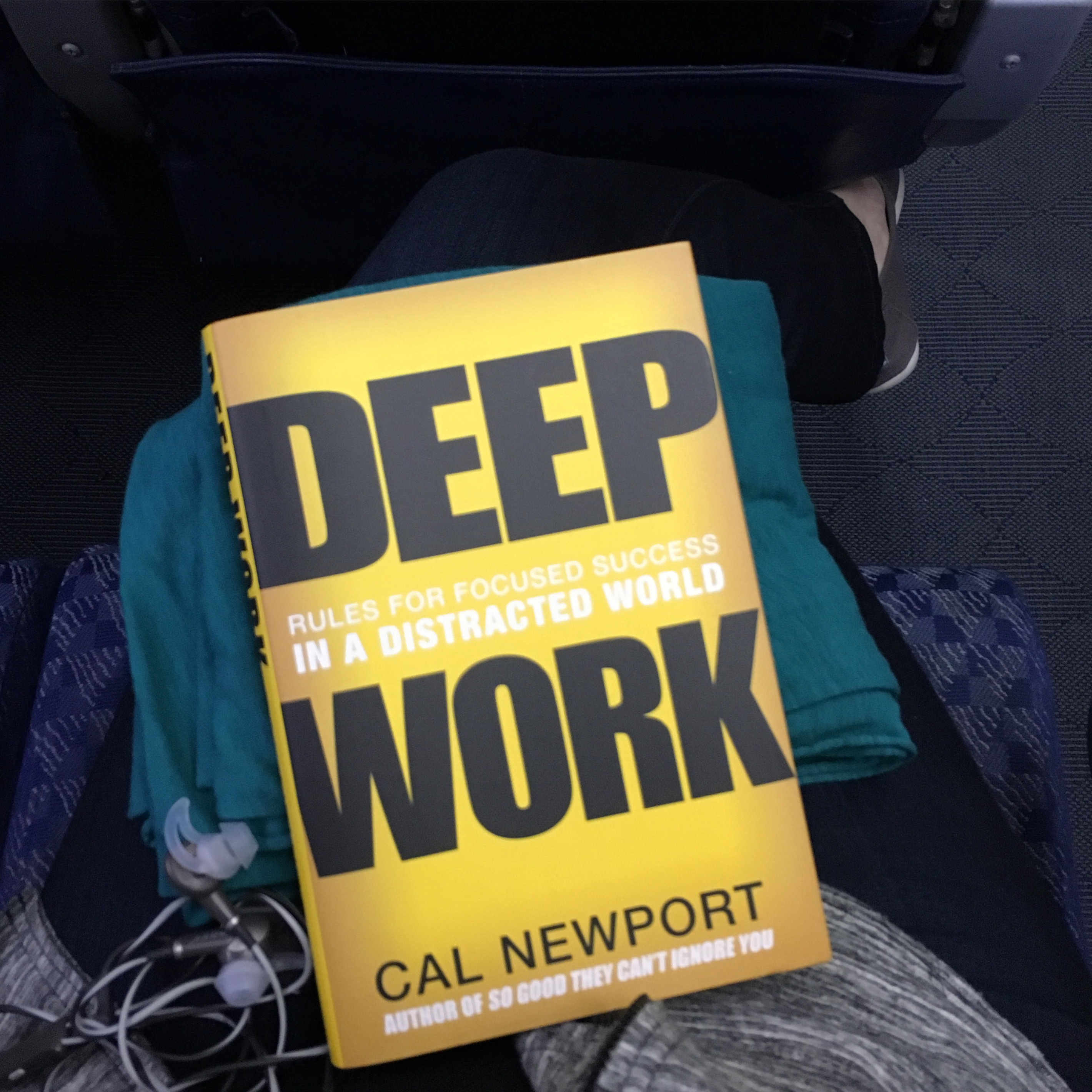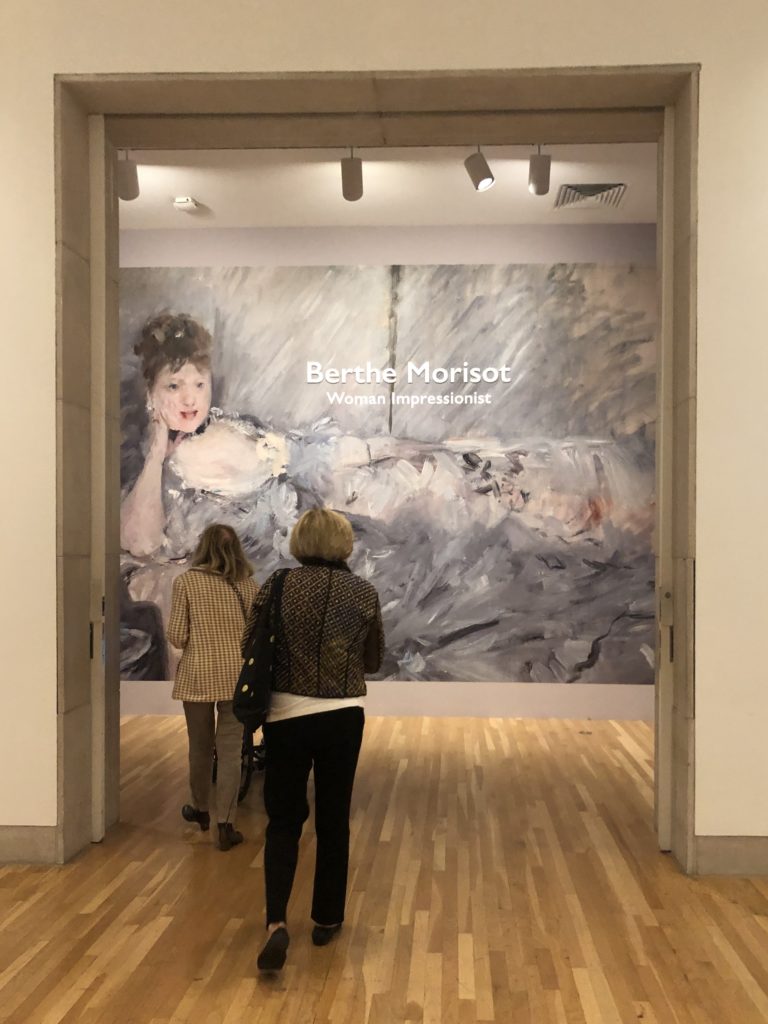
“Berthe Morisot has been the least known and least appreciated of the great French Impressionist artists.” That’s the first sentence in the official catalogue from the only solo exhibition of her work in the United States in more than 30 years, before now.
The current exhibit called Bethe Morisot: Women Impressionist showing at the Dallas Museum of Art from February 24, 2019 to May 26, 2019 features more than 70 of her paintings from public and private collections around the world. It was co-organized by the Musée national des beaux-arts du Québec, the Barnes Foundation in Philadelphia, the Dallas Museum of Art, and the Musée d’Orsay, Paris.
The DMA’s website calls it “[a] timely reevaluation of Morisot’s legacy” and emphasizes that “this exhibition is the first dedicated presentation of her work to be held in the United States since 1987, the very first solo exhibition of her work in Canada, and the first time since 1941 that a French national museum will devote a show exclusively to this seminal and revolutionary Impressionist painter.”
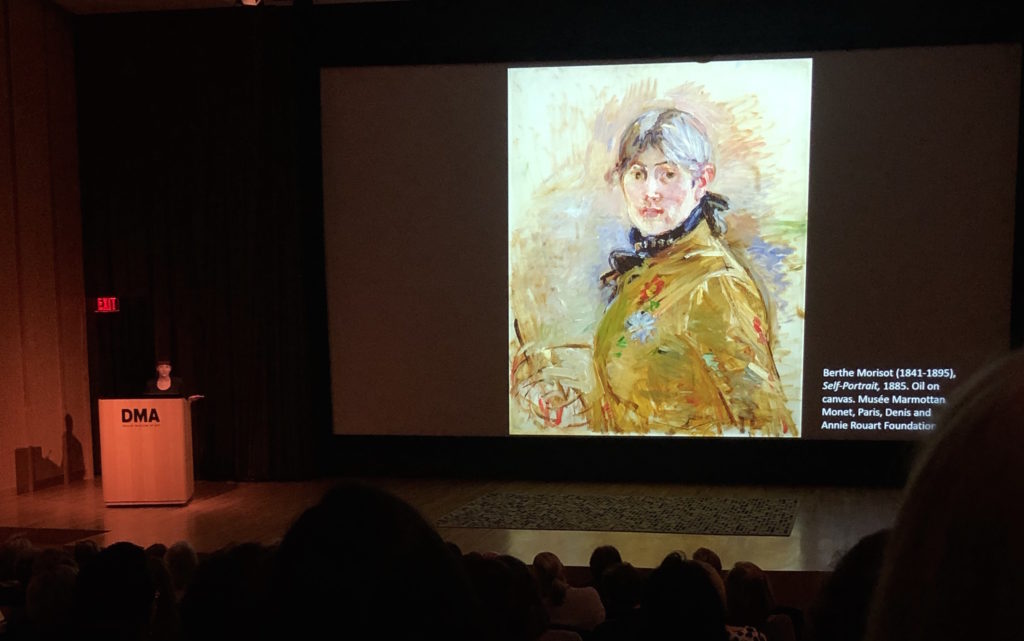
Self Portrait
When in Dallas last month, I saw the exhibit and attended a docent training talk with my mom. I was blown away, enamored. For weeks, I kept coming back to her story and her work, and shortly after seeing the exhibit, I bought a copy of the catalog from the 1987 exhibition of her work at Mount Holyoke.
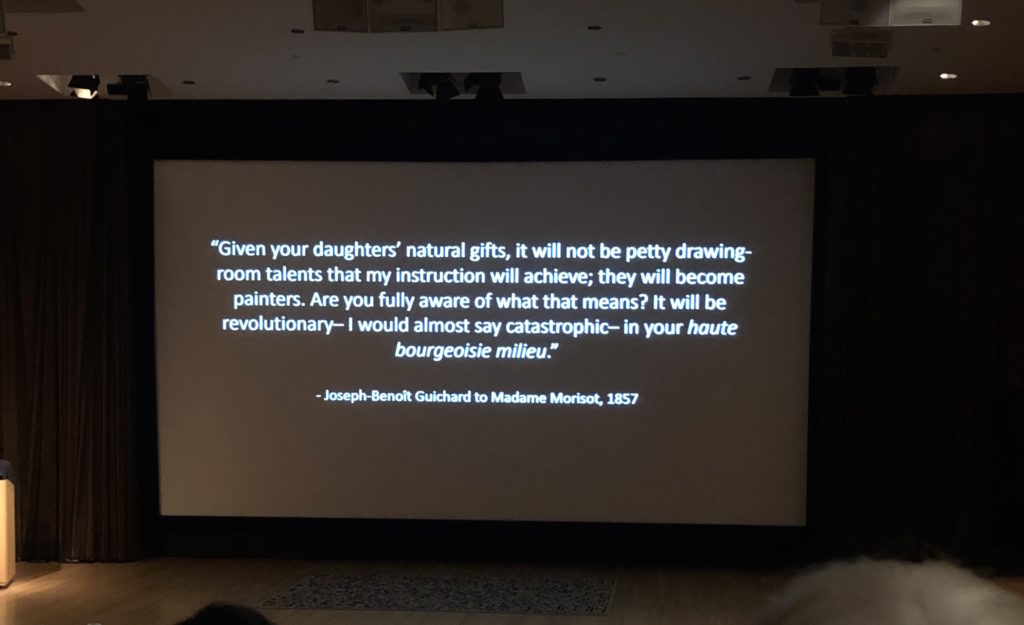
Prophetic Words from One of Morisot’s Teachers
Ask my husband how many times I’ve shared a crazy fact I’ve learned about Morisot in righteous indignation over her lack of renown. (He loves it. I’m sure of it!) Here’s a sample:
- She was one of only four Impressionist artists whose work was purchased by the state of France during their lifetime.
- She participated in 7 of 8 of the Impressionist exhibitions. The only person to beat her was Pissarro who exhibited in all 8.
- A year after her death a few of her friends spent days painstakingly installing a memorial retrospective exhibition of her work. These friends included Claude Monet, Pierre-Auguste Renoir, and Edgar Degas!
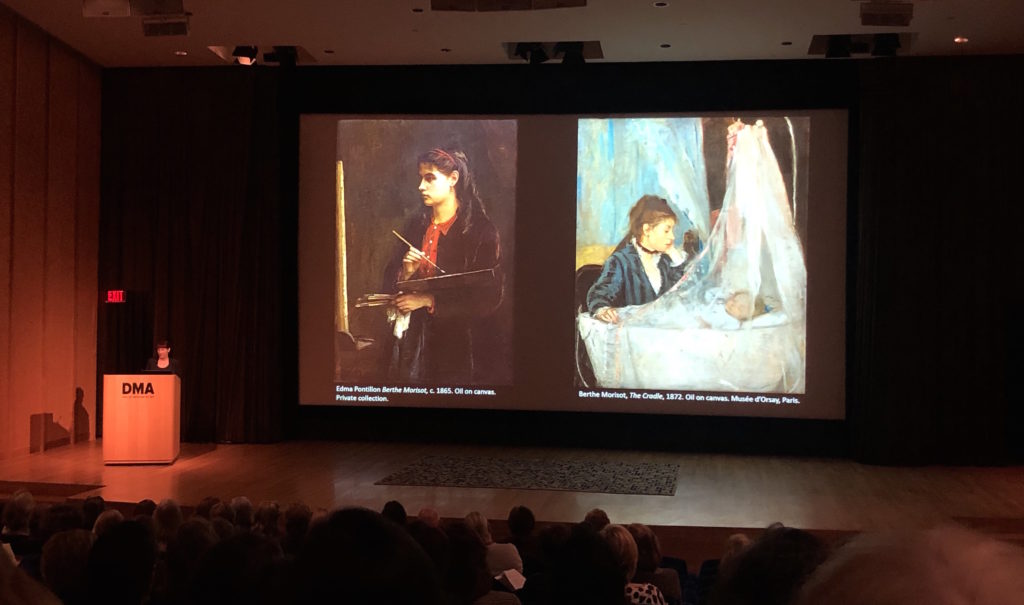
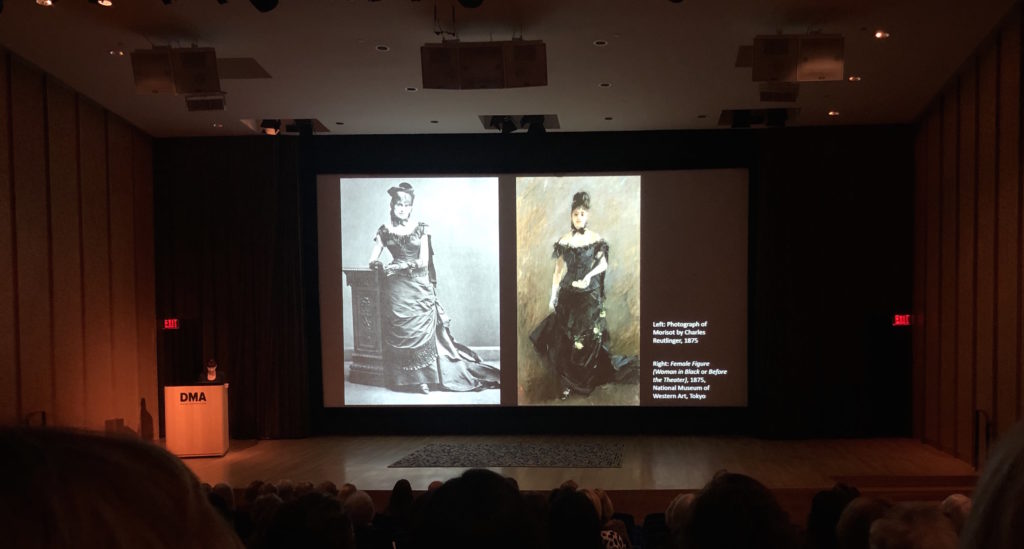
During that docent talk, Dr. Nicole Myers, the Senior Curator of European Art at the Dallas Museum of Art, called her work “luminous, atmospheric, evocative” and explained that it’s really best to see her work in person because it doesn’t photograph well. I couldn’t agree more.
The paintings themselves were everything she described. Morisot’s work with whites is ethereal and at times her backgrounds, especially the painting of the woman in the black dress, almost seemed to be antiqued gold leaf. It’s hard to imagine creating that sheen layer after layer.

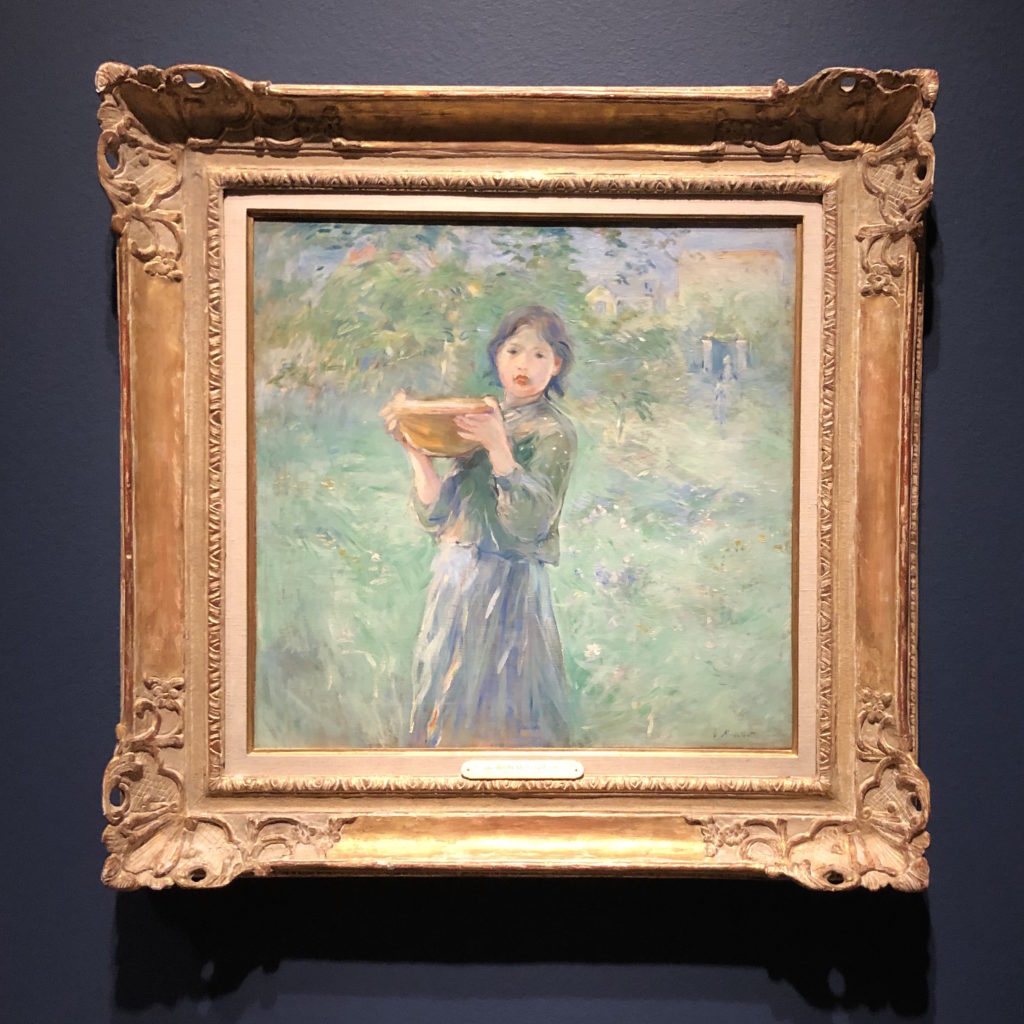
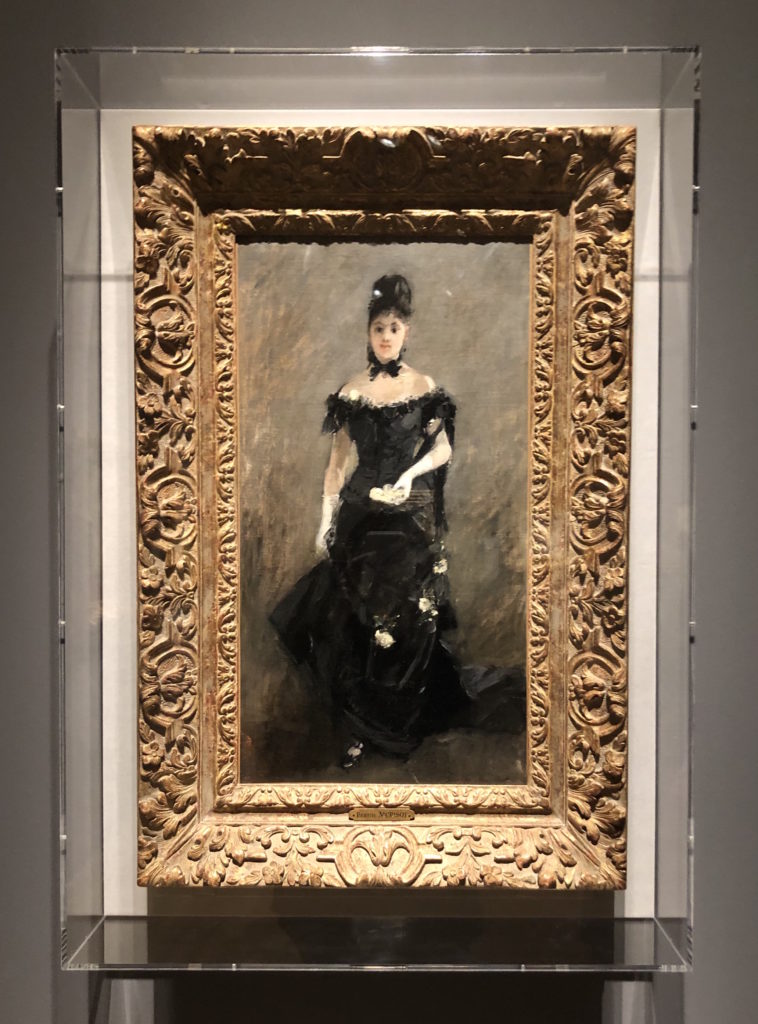
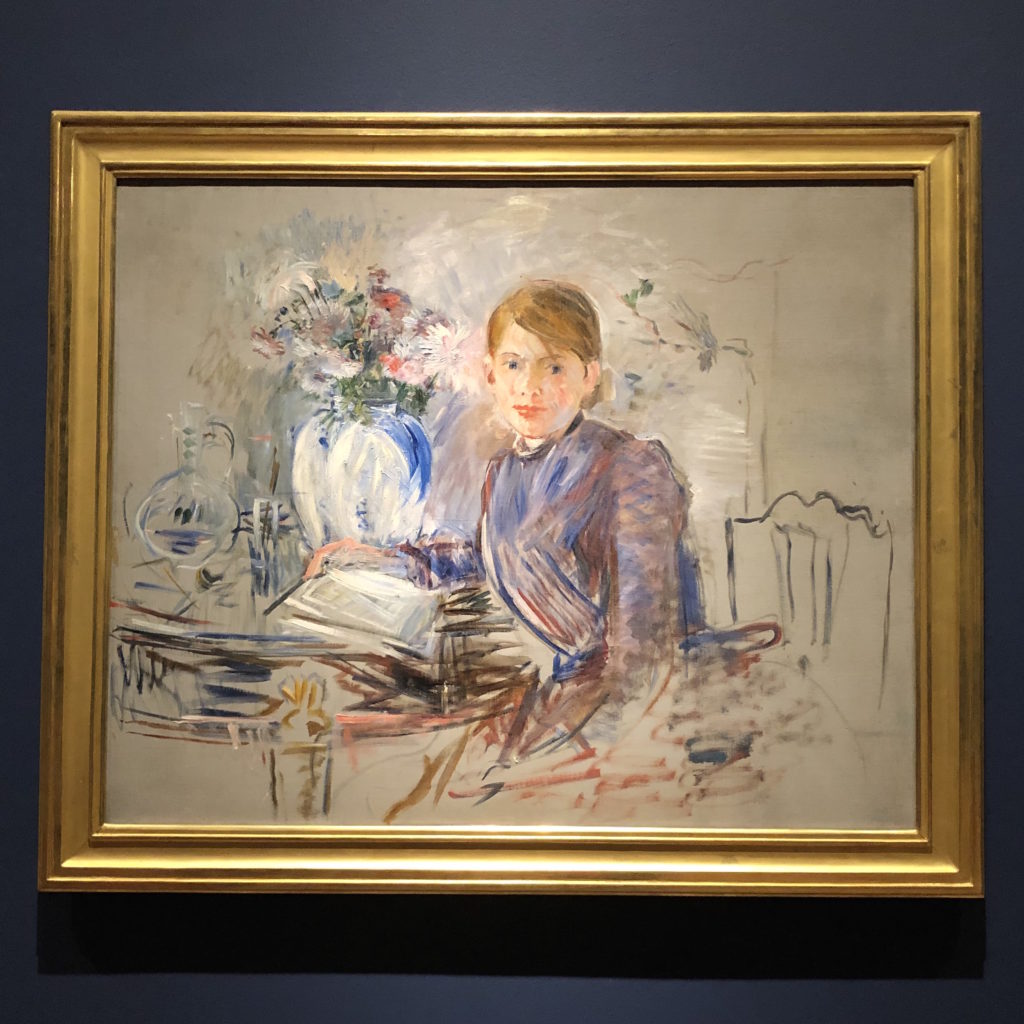
Her Style Evolving
I tried to capture her paintings anyways, and I’m glad I did so I can share them with you here. But, if you have the opportunity. See them yourself, in person.
Before attending the exhibit, I would never have guessed that there could be much of anything left to learn about the Impressionist movement given that it’s been extensively explored by curators, art historians, authors, and film makers. Yet somehow one of it’s founding members has been languishing, hidden in plain sight right next to her famous colleagues in the primary sources of art history.
So, yes, I guess there’s still plenty more to learn.
